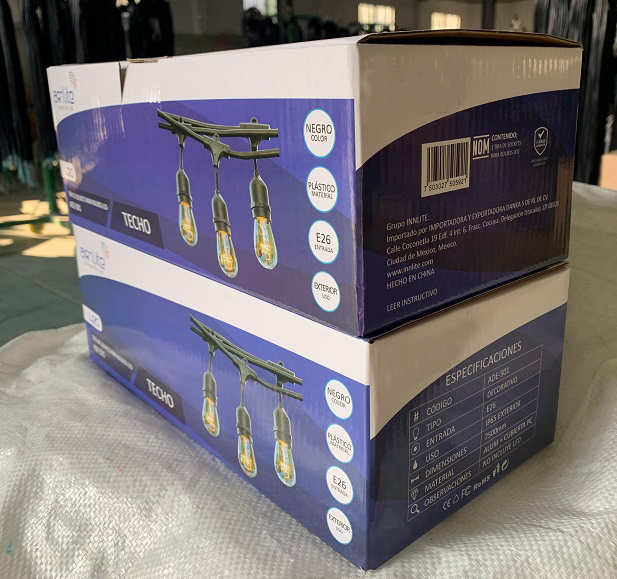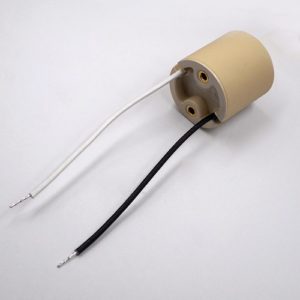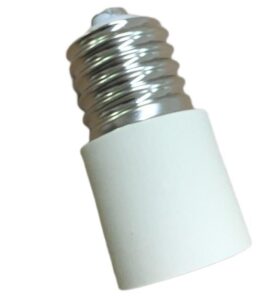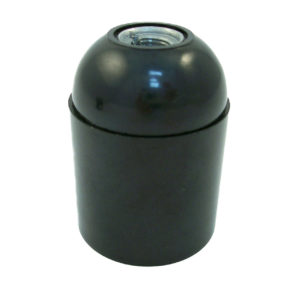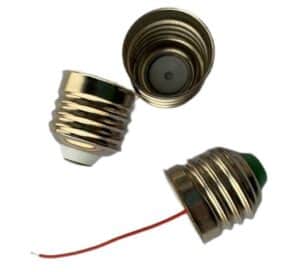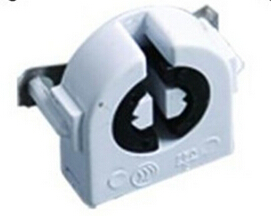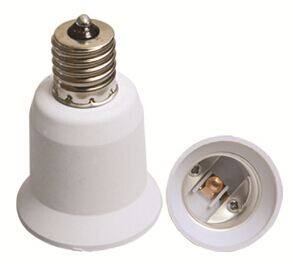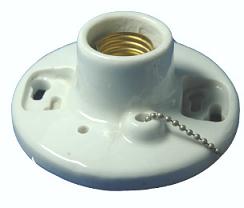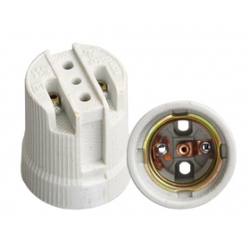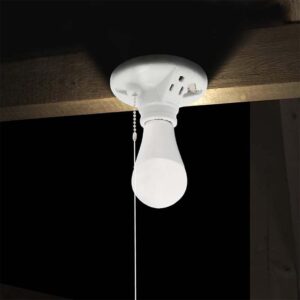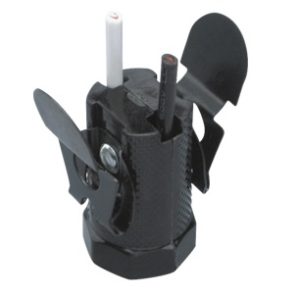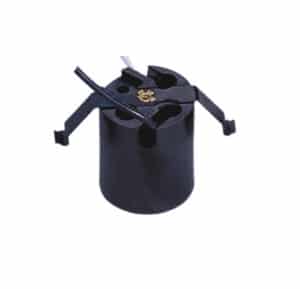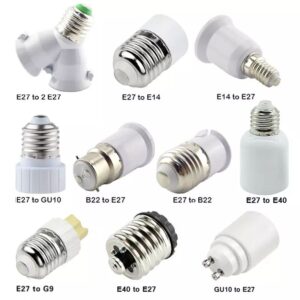Choosing the right wattage for an E27 bulb can be confusing because there are so many different bulbs out there. If you pick the wrong wattage, you’ll use too much energy, you won’t have enough light, or you’ll tear up your fixture. I’ll show you the typical wattages for E27 bulbs and help you decide which one you need.
E27 bulbs come in all different wattages depending on the type of bulb. They range from as low as 4 watts for energy-efficient LED bulbs to over 100 watts for traditional incandescent bulbs. The right wattage depends on the type of bulb, the fixture you’re using, and what you’re going to do with it.
Knowing the right wattage for your lighting needs is important so you have enough light, you’re not using more energy than you need to, and you’re safe. Let’s talk about wattage for E27 bulbs.
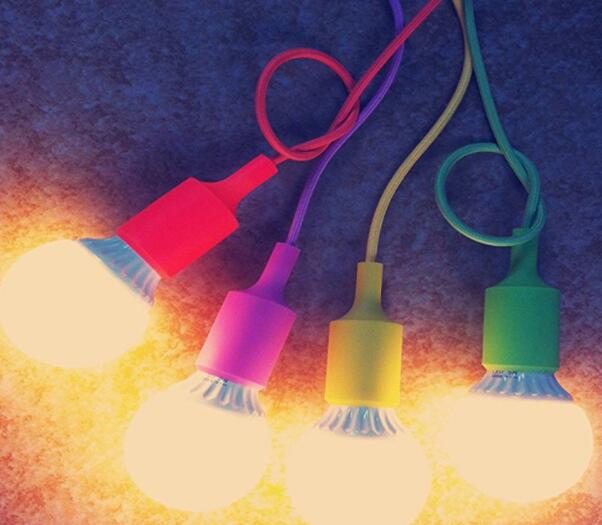
Understanding Wattage in E27 Bulbs
Wattage refers to the amount of electrical power consumed by a bulb. It is one of the most common indicators people use when selecting a light bulb, but it’s important to note that wattage does not directly correlate to the brightness of a bulb, especially with advancements in lighting technology.
For traditional incandescent bulbs, higher wattage typically means a brighter light. However, with more modern lighting technologies such as LED and compact fluorescent (CFL) bulbs, you can achieve the same brightness as an incandescent bulb while using much less power.
For example, an LED bulb using just 10 watts can produce the same brightness as a 60-watt incandescent bulb. This shift in efficiency has made it important to also consider lumens (a measure of brightness) when choosing a bulb, rather than just relying on wattage.
Wattage vs. Lumens:
- Wattage measures the energy consumption of a bulb.
- Lumens measure the actual light output, or brightness, of the bulb.
This means that a low-wattage LED bulb can produce high lumens, offering both energy savings and bright light output.
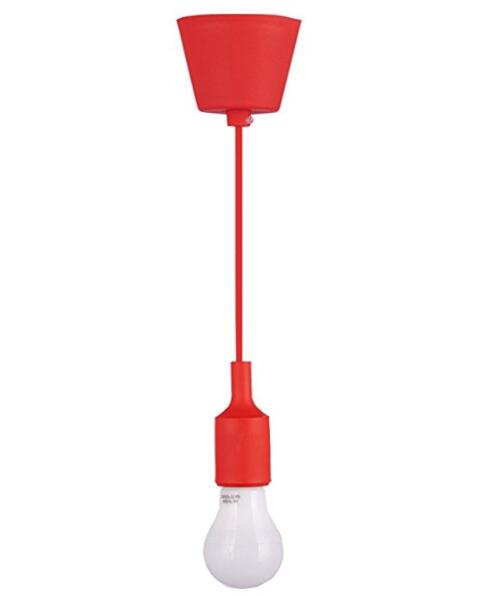
Common Wattages for E27 Bulbs by Bulb Type
The wattage of an E27 bulb varies depending on the type of technology used in the bulb. Let’s explore the most common types of bulbs that use the E27 socket and their typical wattage ranges.
Incandescent Bulbs
Incandescent bulbs are the traditional type of lighting, known for their warm light but also for their inefficiency. E27 incandescent bulbs typically range from 40 watts to 100 watts, with the following wattage-to-brightness estimates:
- 40 watts: Approximately 450 lumens (suitable for low-light areas).
- 60 watts: Approximately 800 lumens (standard for general-purpose lighting).
- 75 watts: Approximately 1,100 lumens (brighter, used for task lighting).
- 100 watts: Approximately 1,600 lumens (very bright, often used in larger spaces).
While incandescent bulbs offer a pleasant, warm light, they consume a lot of power, making them less energy-efficient compared to modern alternatives. Additionally, many countries are phasing out incandescent bulbs in favor of more energy-efficient options.
LED Bulbs
LED bulbs have quickly become the preferred choice for E27 lamp sockets due to their energy efficiency and long lifespan. LED bulbs require much lower wattage to produce the same amount of light as an incandescent bulb. Typical wattage ranges for E27 LED bulbs are:
- 4-6 watts: Approximately 400-500 lumens (equivalent to a 40-watt incandescent).
- 7-10 watts: Approximately 700-900 lumens (equivalent to a 60-watt incandescent).
- 12-15 watts: Approximately 1,000-1,600 lumens (equivalent to a 75-100 watt incandescent).
LED bulbs can offer the same brightness with far less energy, making them a cost-effective and environmentally friendly choice. Moreover, they generate less heat, reducing the risk of overheating.
Compact Fluorescent Bulbs (CFL)
CFL bulbs are another energy-efficient option that can be used with E27 sockets. These bulbs offer similar energy savings to LEDs, although they take a bit longer to reach full brightness. Typical wattage ranges for E27 CFL bulbs include:
- 9-11 watts: Approximately 450-600 lumens (similar to a 40-watt incandescent).
- 12-15 watts: Approximately 700-900 lumens (similar to a 60-watt incandescent).
- 18-23 watts: Approximately 1,100-1,600 lumens (similar to a 75-100 watt incandescent).
While CFLs are more efficient than incandescent bulbs, they are being gradually replaced by LED technology due to LEDs’ superior energy savings and durability.
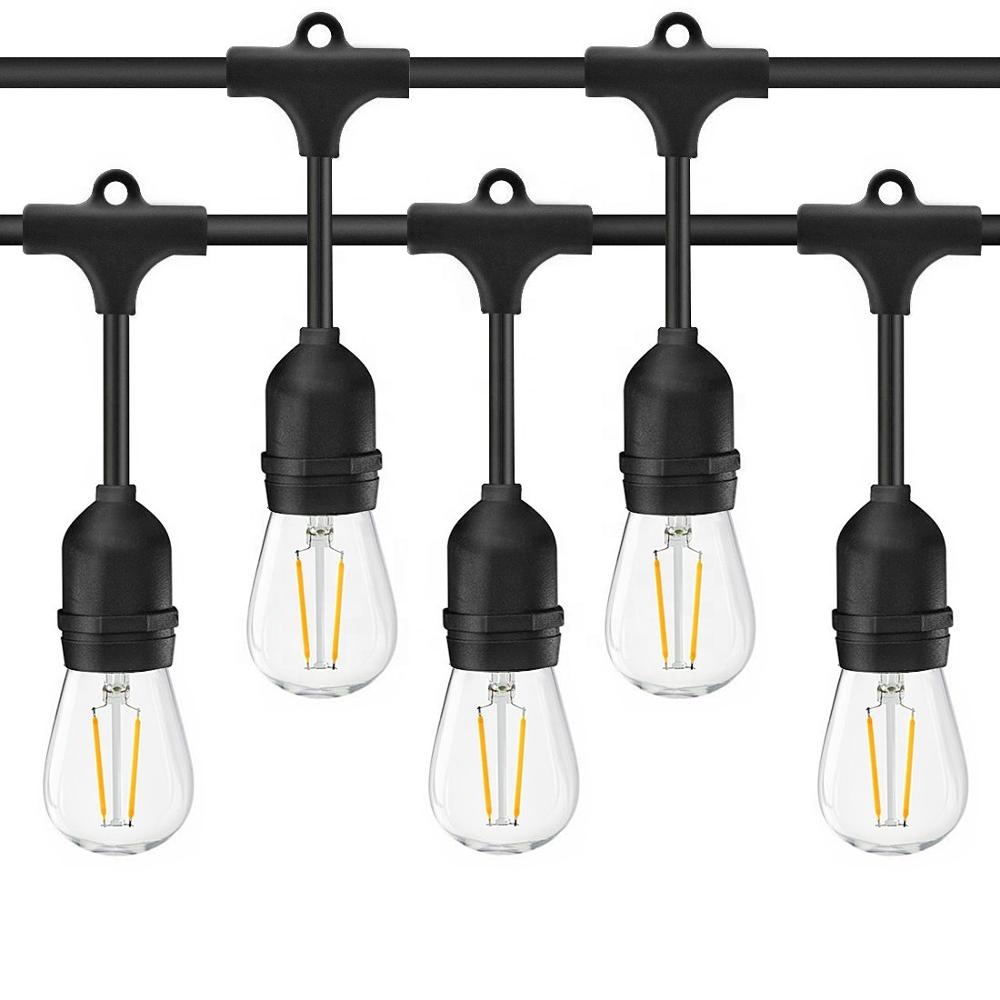
How to Choose the Right Wattage for Your Space
The wattage of the E27 bulb you choose should be based on the purpose of the lighting and the type of fixture you are using.
For General Lighting
For general lighting in living rooms, bedrooms, and common areas, you’ll want a moderate wattage that provides a comfortable level of brightness without consuming excessive energy. Here’s what to consider:
- LED bulbs: 8 to 10 watts, which is equivalent to 60 watts in incandescent bulbs, are usually ideal for general-purpose lighting.
- Incandescent bulbs: Around 60 watts will suffice for most rooms, although they are less efficient.
This level of brightness is sufficient to illuminate a medium-sized room while balancing energy consumption and light quality.
For Task Lighting
For areas where focused light is needed, such as desks, reading lamps, or kitchen counters, you’ll need a higher wattage to ensure clear visibility.
- LED bulbs: Choose 12-15 watt LEDs, which are equivalent to 75-100 watt incandescent bulbs.
- Incandescent bulbs: 75 to 100 watts can be used, although this will consume more power.
Higher-wattage bulbs provide the extra brightness necessary for performing tasks without straining your eyes.
For Decorative Lighting
In decorative lighting, such as accent lamps, chandeliers, or mood lighting, the focus is often on ambiance rather than brightness. For this reason, lower-wattage bulbs are typically sufficient.
- LED bulbs: 4-6 watts can create soft, warm lighting suitable for decoration.
- Incandescent bulbs: Around 40 watts is a good choice if using older technology.
This softer lighting can enhance the atmosphere of a room without overwhelming it with excessive brightness.
Energy Efficiency Considerations
When selecting the wattage for an E27 bulb, it’s important to consider energy efficiency, particularly if the bulb will be used frequently or for extended periods.
Why Choose Lower-Wattage LED Bulbs
LED bulbs are by far the most energy-efficient option for E27 lamp holders. A 10-watt LED bulb can produce the same amount of light as a 60-watt incandescent bulb, resulting in up to 80% energy savings. Additionally, LED bulbs have a much longer lifespan, lasting up to 25,000 hours or more, which significantly reduces replacement costs.
Environmental Impact:
By choosing lower-wattage, energy-efficient bulbs like LEDs, you not only reduce your electricity bill but also lower your carbon footprint. Using energy-efficient lighting in commercial spaces or homes can have a substantial impact on reducing overall energy consumption.
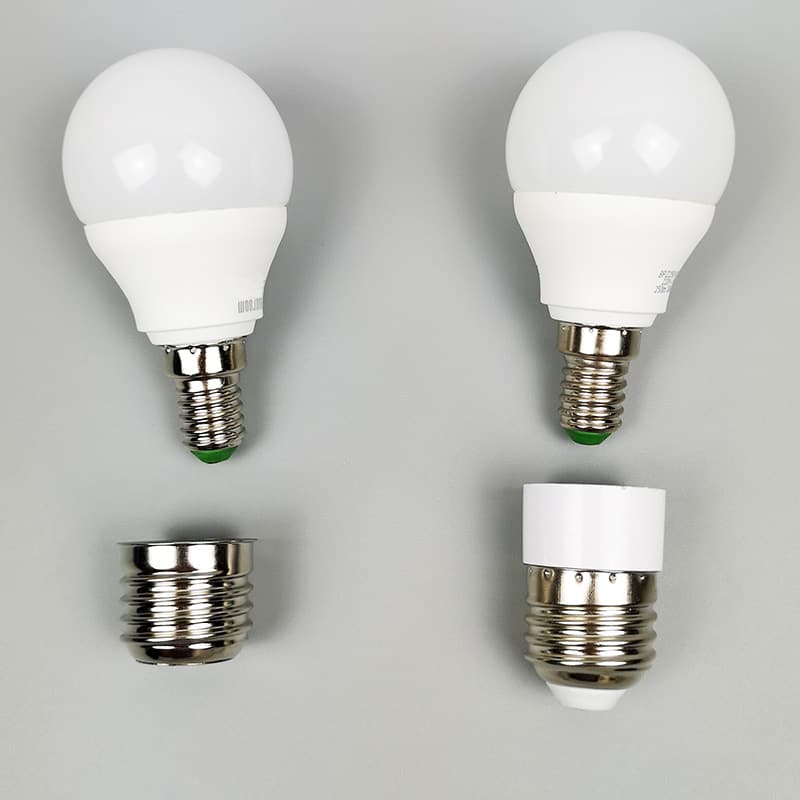
Safety Considerations When Selecting Wattage
It’s essential to ensure that the wattage of the E27 bulb you choose does not exceed the maximum wattage rating of the fixture you are using. Fixtures are designed to handle a specific maximum wattage, and exceeding this limit can lead to overheating, which could damage the fixture or even cause a fire hazard.
Fixture Wattage Limit
Always check the fixture’s maximum wattage rating, which is typically listed on the socket or fixture itself. For example, if a fixture has a 60-watt maximum rating, do not use a bulb with higher wattage than this, even if it fits in the socket.
Overheating Issues
Using a bulb with a higher wattage than recommended can cause the fixture to overheat. This not only increases energy consumption but also poses safety risks such as electrical shorts or fire hazards. By choosing the appropriate wattage, you ensure both safety and energy efficiency.
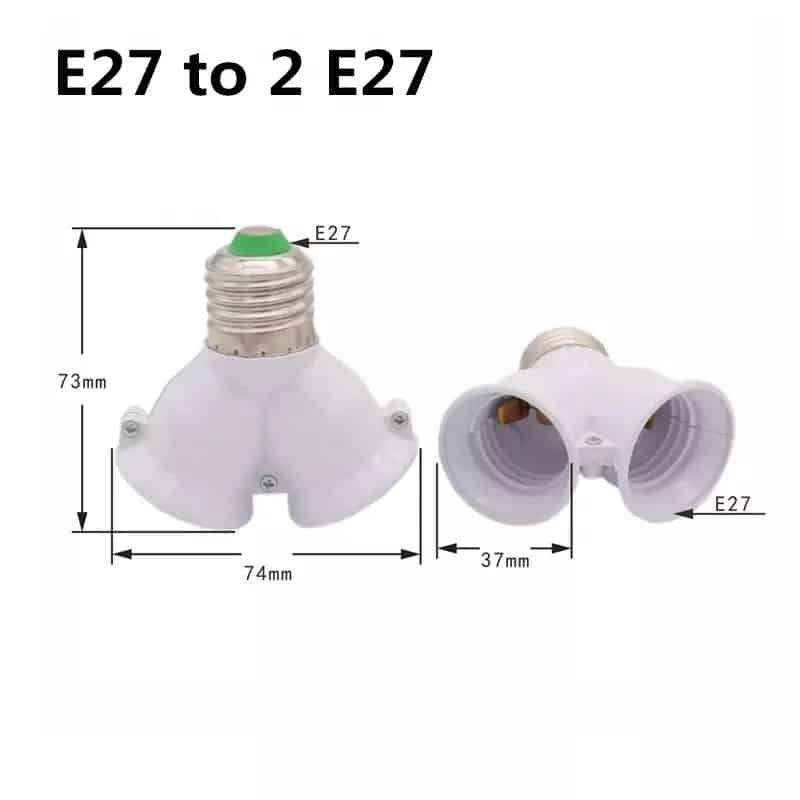
Final Words
The wattage of an E27 bulb depends on the type of bulb you’re using. Incandescent bulbs range from 40 watts to 100 watts. LED bulbs usually range from 4 watts to 15 watts. LED bulbs are the best because they use less energy and put out the same amount of light. Look at your lighting needs, your energy efficiency goals, and what your fixture says you can use to make the right choice.

